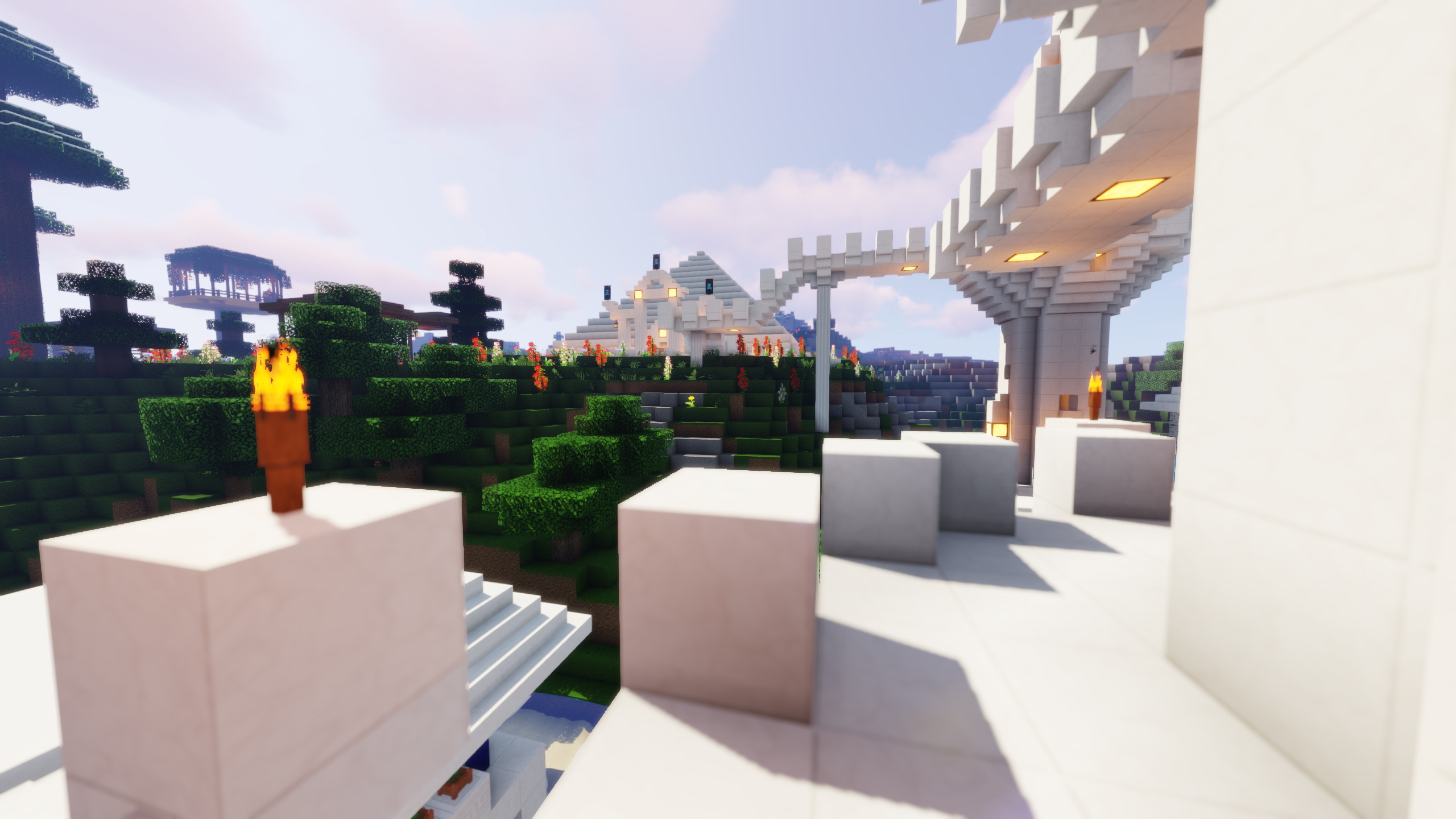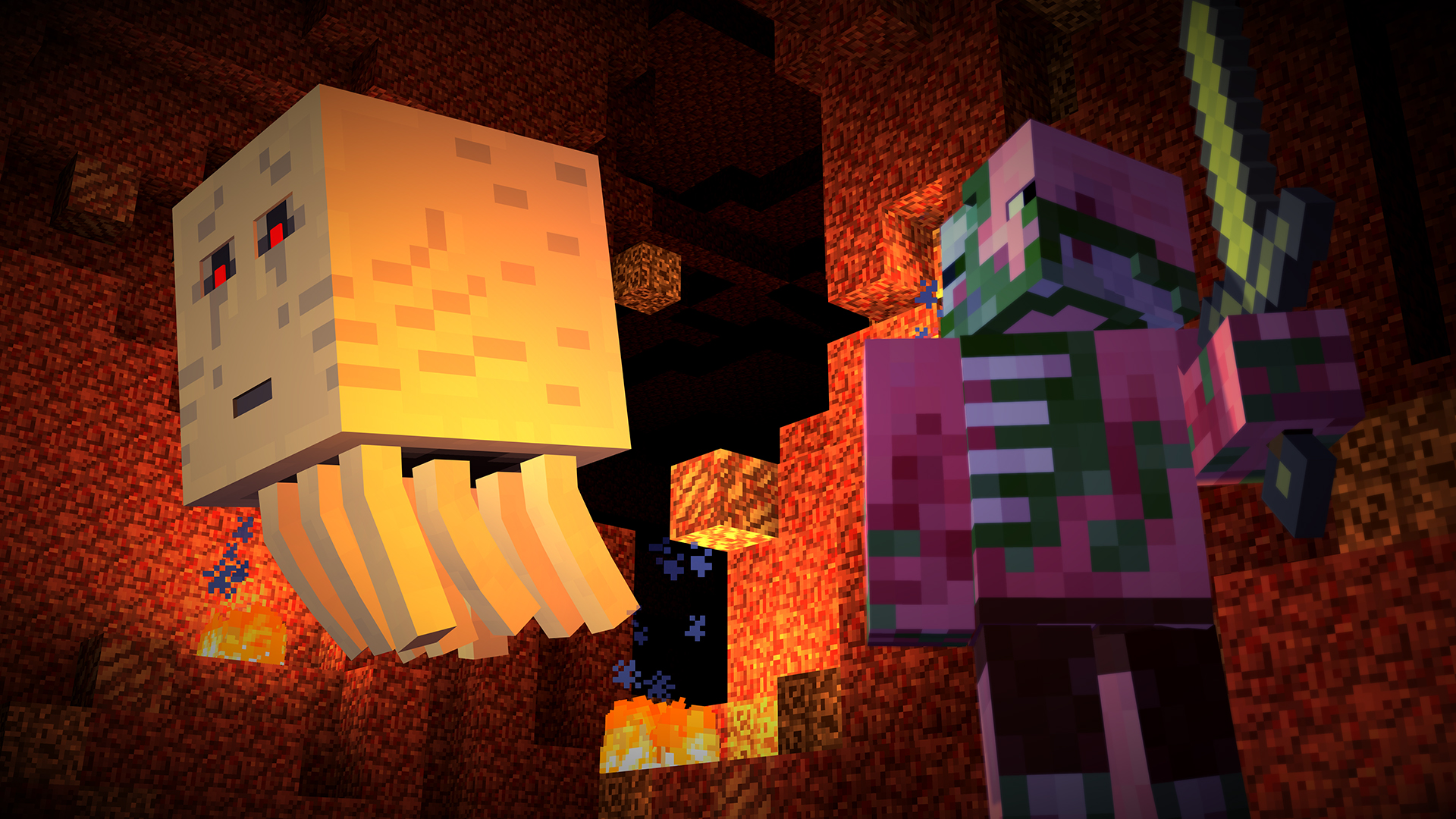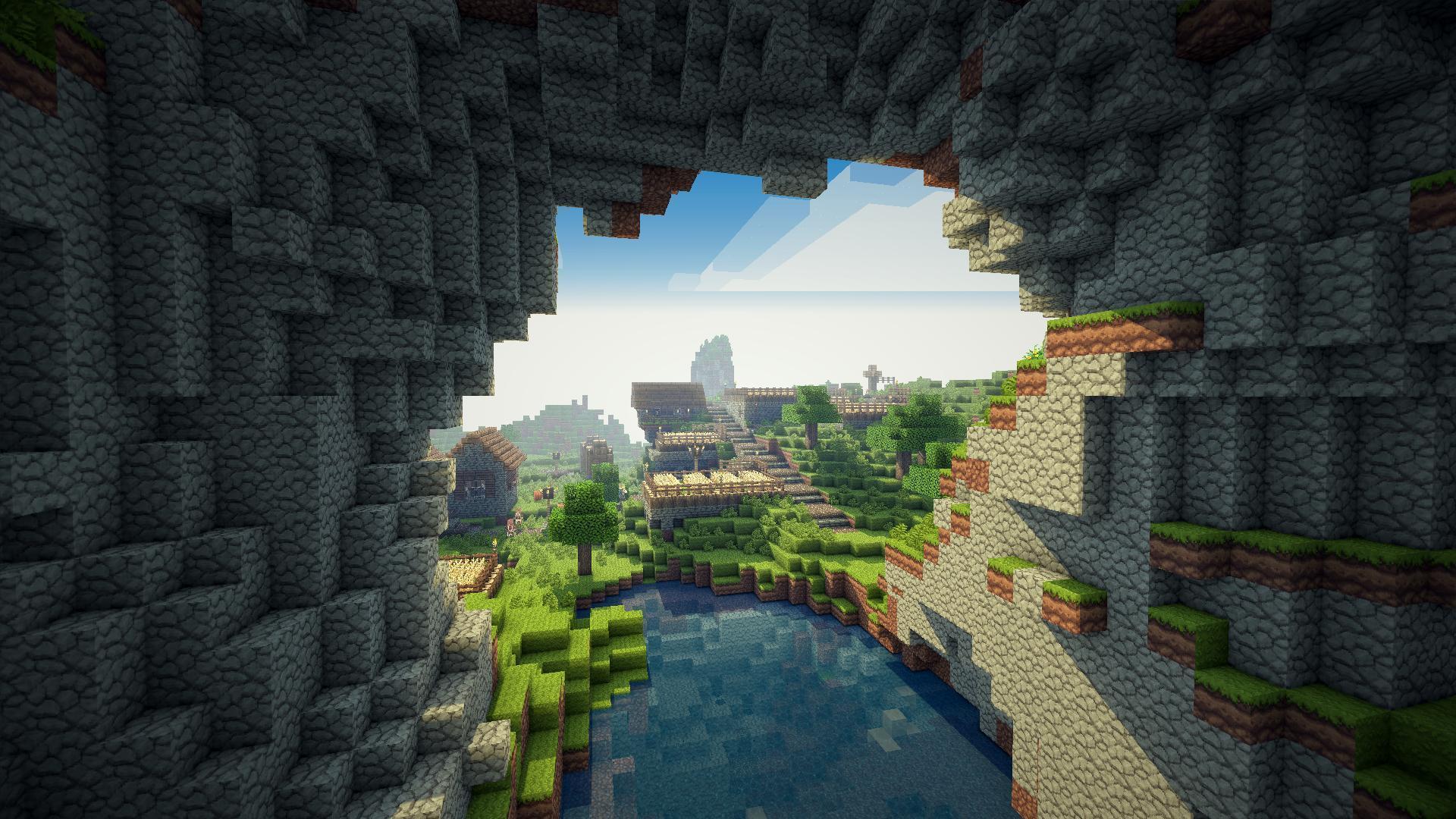Title: Minecraft’s Command Block Magic: Creating Your Own Mini-games

H2: Executive Summary

This comprehensive guide unlocks the creative potential of Minecraft’s Command Block, empowering players to design and build their own captivating mini-games. With detailed explanations and practical examples, this article guides readers through the intricacies of command block mechanics, providing the knowledge and inspiration to craft immersive and engaging game experiences.

Introduction
Minecraft’s Command Block is an extraordinary tool that enables players to manipulate the game world and create intricate automation. Unleash your creativity by utilizing command blocks to design your own mini-games, challenging your friends and the Minecraft community with unique and captivating experiences.
H2: Unveiling the Power of Command Blocks
Command blocks are the cornerstone of creating custom mini-games in Minecraft. These powerful tools allow you to execute commands and manipulate the game environment, opening up a world of possibilities for creative minds. Here’s how you can harness their potential:
-
Execute In-game Commands: Perform a vast array of actions within the Minecraft world, such as spawning mobs, modifying player attributes, and altering the world’s terrain.
-
Trigger Events: Utilize command blocks to trigger specific events when certain conditions are met, such as activating a trap when a player steps on a pressure plate or initiating a dialogue with a non-player character.
-
Create Interactive Elements: Design intricate contraptions like automated doors, secret passages, and dynamic puzzles that engage and challenge players.
H2: Crafting Engaging Mini-game Concepts
A compelling mini-game lies at the heart of a successful Minecraft experience. Let your imagination soar as you design unique game concepts that cater to your audience and captivate their attention.
-
Choose a Theme: Select a theme that resonates with your intended audience. This could be anything from a thrilling adventure to a thought-provoking puzzle or a competitive battle royale.
-
Define Objectives: Clearly outline the objectives of your mini-game to give players a sense of purpose and direction. Whether it’s defeating a boss, solving a mystery, or capturing a flag, make sure the goals are easy to understand and achievable.
-
Implement Challenges: Introduce challenges and obstacles that players must overcome to progress through the game. These challenges can range from environmental hazards to cunning enemies, ensuring a thrilling and engaging experience.
H2: Essential Elements of Game Design
Crafting a compelling mini-game requires careful attention to various design elements that contribute to the overall experience. Mastering these elements will elevate your mini-game and leave players wanting more.
-
Storytelling: Weave a compelling narrative that immerses players in the mini-game’s world. Craft a backstory, introduce intriguing characters, and unveil secrets that keep players engaged and eager to uncover what lies ahead.
-
Progression: Provide players with a sense of progression as they navigate through your mini-game. Unlock new levels, acquire power-ups, or gain special abilities to keep them motivated and invested in the experience.
-
Replayability: Ensure that your mini-game is replayable, encouraging players to return for multiple playthroughs. This can be achieved by introducing random elements, hidden secrets, or multiple endings, adding depth and longevity to your creation.
H2: Mastery of Command Block Mechanics
Harnessing the full potential of command blocks requires a comprehensive understanding of their syntax, functionality, and the vast array of commands available. With practice and exploration, you’ll unlock the secrets of command block mastery.
-
Learn Command Syntax: Familiarize yourself with the command block’s syntax, including the structure of commands, arguments, and selectors. Follow the official Minecraft documentation or seek guidance from online tutorials to grasp the basics.
-
Master Advanced Commands: Venture beyond basic commands and delve into more complex and versatile ones that unlock the true capabilities of command blocks.
-
Utilize the Help Command: Don’t be afraid to utilize the “/help” command to explore the wealth of commands available. Experiment with various arguments and selectors to discover new possibilities and unleash your creativity.
H2: Conclusion
Minecraft’s Command Block is an awe-inspiring tool that empowers players to weave their own tales of adventure and challenge within the Minecraft universe. Unleash your imagination, master the mechanics, and captivate the Minecraft community with your own enchanting mini-games.
Keyword Phrase Tags:
- Minecraft Mini-games
- Command Block Tutorial
- Design Custom Mini-games
- Advanced Command Block Techniques
- Storytelling with Command Blocks

This is a gr8 post! I’ve always wanted 2 create my own mini-games in Minecraft, but I never knew how. This post has given me all the info I need 2 get started. Thanks!
This post is useless. It doesn’t provide any new info that I couldn’t find on my own. Don’t waste your time reading it.
This post is a great resource for anyone who wants to learn how to create their own Minecraft mini-games. It provides step-by-step instructions and includes helpful screenshots.
I disagree with the author’s claim that command blocks are the most important part of Minecraft. I think that the most important part is the community, and all the amazing things that players have created together without help from command blocks.
This post is full of typos and the formatting is terrible. The author clearly didn’t take the time to proofread their work.
I’m so glad I found this post. This is going to a so much easier to create more engaging lesson plans that keep my students engaged.
Don’t get it. This post not make sense. The grammar irritating.
This post is amazing! I’ve been wanting to learn how to make my own Minecraft minigames for ages.
This post is a crap. The author definitively never played Minecraft before.
I enjoyed reading this post. I found it very informative and to the point.
This post is not complete. There are too many missing things.
Wow! This is great. very well explained. Such a detailed explanation.
Seriously, very poorly written with loads of unnecessary words and images. the examples are far to basic and poorly explained – you could find far better on wiki.
This is so cool! I can’t wait to try this out.
I don’t understand why this post is getting so much attention. It’s not that great.